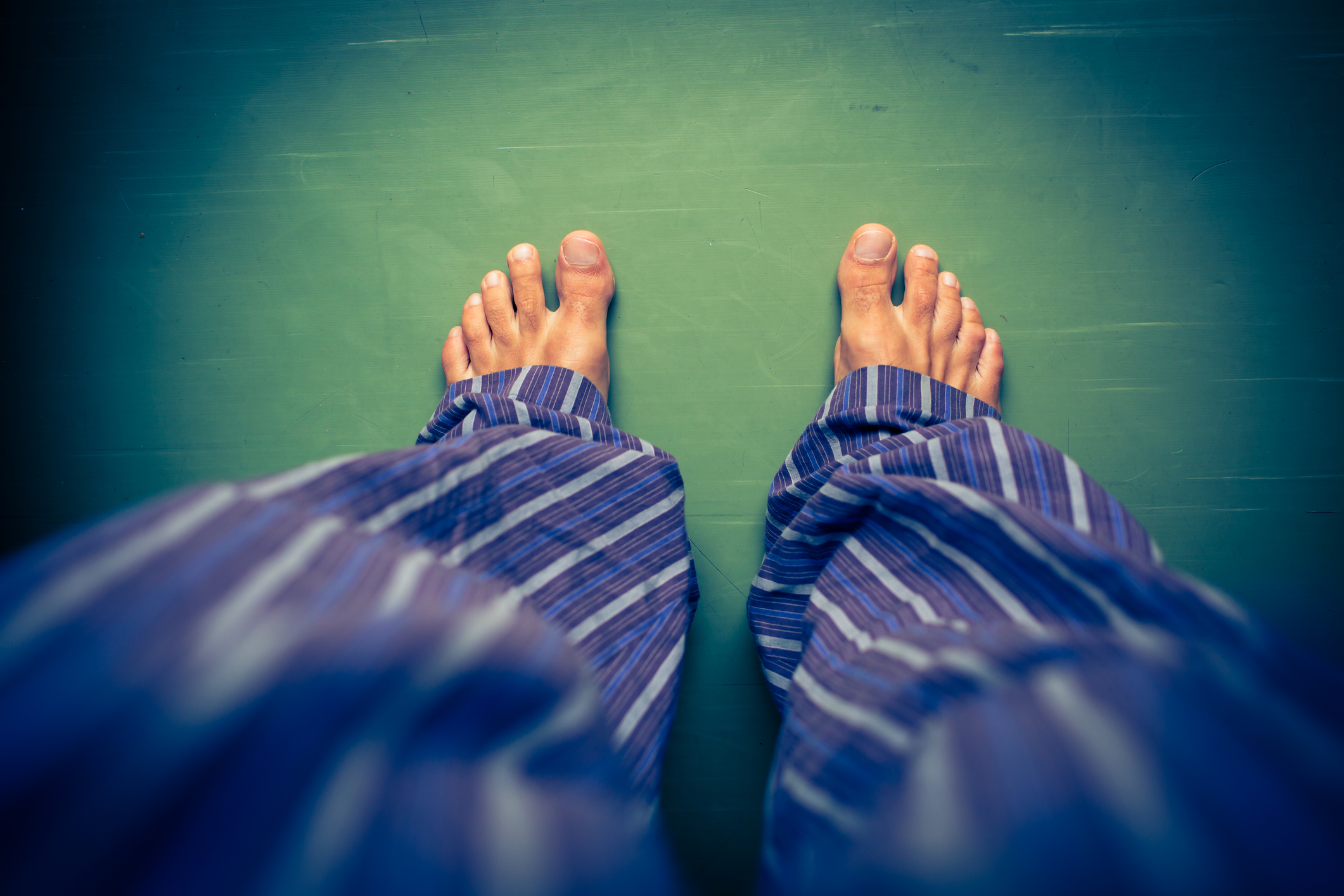A Guide To Preventing And Treating Blood Clots At Home
Choose Loose Fitting Clothing

Tight jeans and confining clothing may be stylish, but it can inhibit blood flow in ways that are dangerous to those who are at a higher risk of developing blood clots. Loose fitting clothing, on the other hand, allows free movement of fluids in the body. If one'sclothing is tight enough, it can compress the veins, which have fragile and pliable walls. Compressed veins give blood a place to pool inside the body, forming a clot. Loose fitting clothing is especially important for those who are immobilized for a long time, as even small restrictions will have ample opportunity to create a significant change in blood flow. Choose loose and light clothes that will allow blood flow freely through the body.
Maintain A Healthy Weight

Many people in the United States and other areas of the developed world are carrying a few more pounds than what is considered healthy; this puts them at risk for blood clotting. There are several reasons why overweight people are at much higher risk of blood clots; the additional fat compresses blood vessels, increasing the risk in much the same way as tight clothing. Obesity causes actual changes in the chemical makeup of blood, increasing inflammation and decreasing blood vessel health. Losing a small or moderate amount of weight will help to reduce the risk of developing blood clots.
